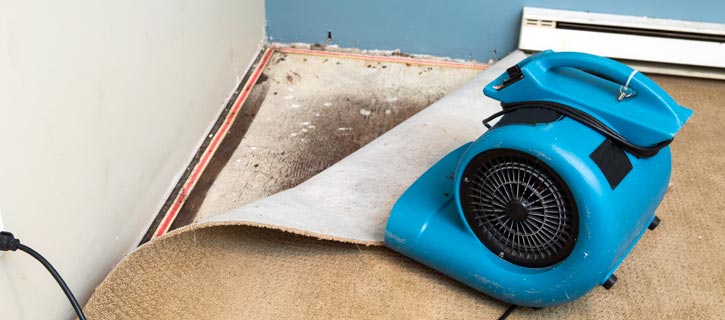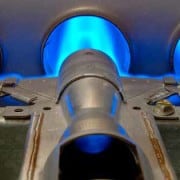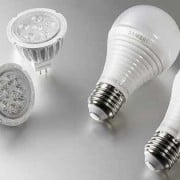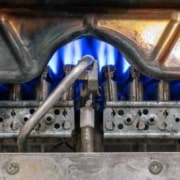4 Ways to Optimize an AC System for Humidity Control
Mold, which is a fungus, requires three things to grow: food, oxygen and moisture. While food and oxygen are widely available on common surfaces, it is the presence of moisture that becomes the critical element. According to the U.S. Environmental Protection Agency, mold thrives on organic materials such as wood, cellulose, dirt, dust and other organic accumulations. Even the paper facing of drywall serves as a food source for mold, making it susceptible to growth on common wall finishes.
Moisture-related issues arise when high relative humidity combines with cool air, causing condensation on interior surfaces. This occurs when the dew point temperature falls below the temperature of building elements and contents. An example of this phenomenon is the moisture forming on the outside of a glass of ice water. The glass, being colder than the surrounding air’s dew point temperature, acts as a dehumidifier, leading to condensation.
Designers, contractors and building operators utilize various strategies to improve humidity control with air-conditioning systems. Here we’ve listed 4 Ways to Optimize an AC System for Humidity Control.
1. Calculate the proper size of equipment.
In humid climates, designers should size the air-conditioning system for a cooling capacity that is less than the calculated peak cooling load of the space. This approach allows the system to run longer periods, effectively removing more moisture from the air.
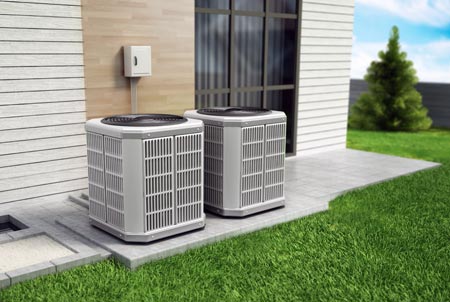
2. Perform a thorough system commissioning.
Commissioning plays a crucial role in ensuring that the system operates as intended. As a minimum, contractors should conduct a comprehensive functional performance test to verify that the system is operating at its full capacity. Inadequate cooling capacity can hinder proper dehumidification.
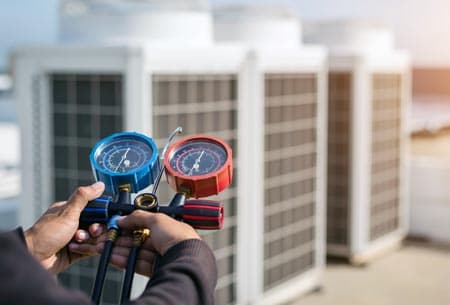
3. Ensure system is installed correctly.
Proper installation is vital to avoid HVAC performance issues. Contractors should adhere to the construction documents, ensuring correct equipment installation, minimizing unnecessary bends and restrictions in ductwork and piping, appropriately sizing ducts and piping, and using proper insulation. These measures help maintain optimal system performance and humidity control.
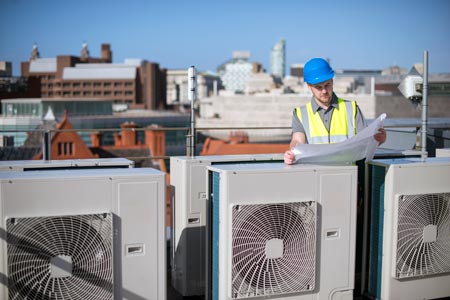
4. Perform regular system maintenance.
Maintaining an air-conditioning system so it’s in top condition is essential for effective humidity control. Regular maintenance tasks, such as changing filters, cleaning coils and evaluating the system for performance and operation, should be done at least twice per year. This helps ensure that the system can effectively regulate humidity levels.
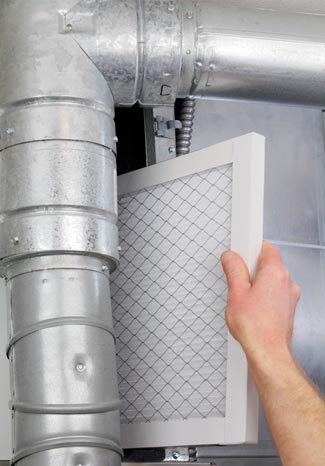
By implementing these four strategies, designers, contractors and building operators can optimize air-conditioning systems to enhance humidity control. Proactively addressing moisture-related issues significantly reduces the risk of mold growth, contributing to a healthier and more comfortable indoor environment.
When it comes to the systems of a building or home, do you wonder what causes mold issues? Check out our list that explains four of the common causes of mold in buildings or homes.
And if you need an HVAC expert to investigate a mold or other health and safety issue, call Ivey Engineering today.

